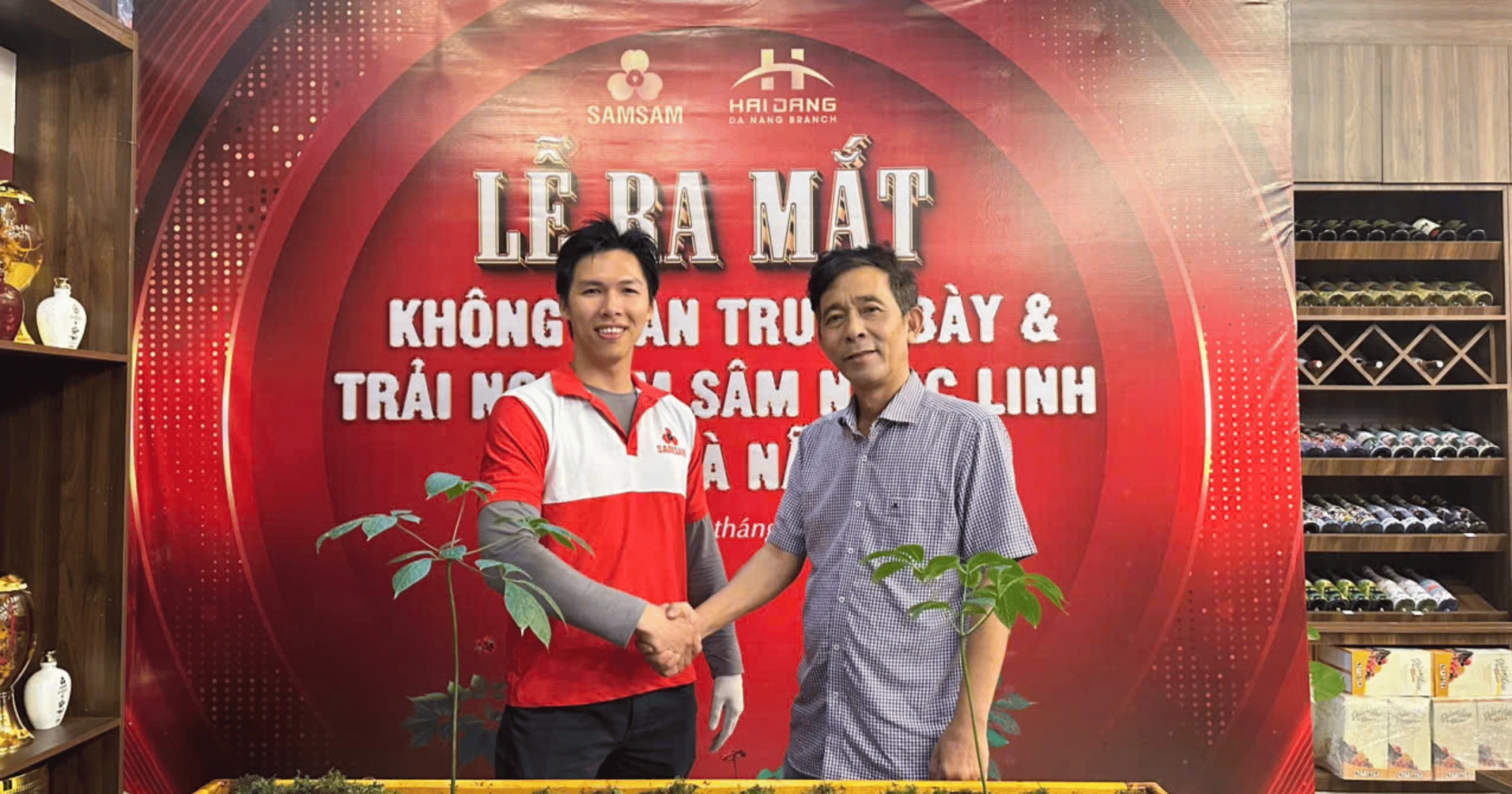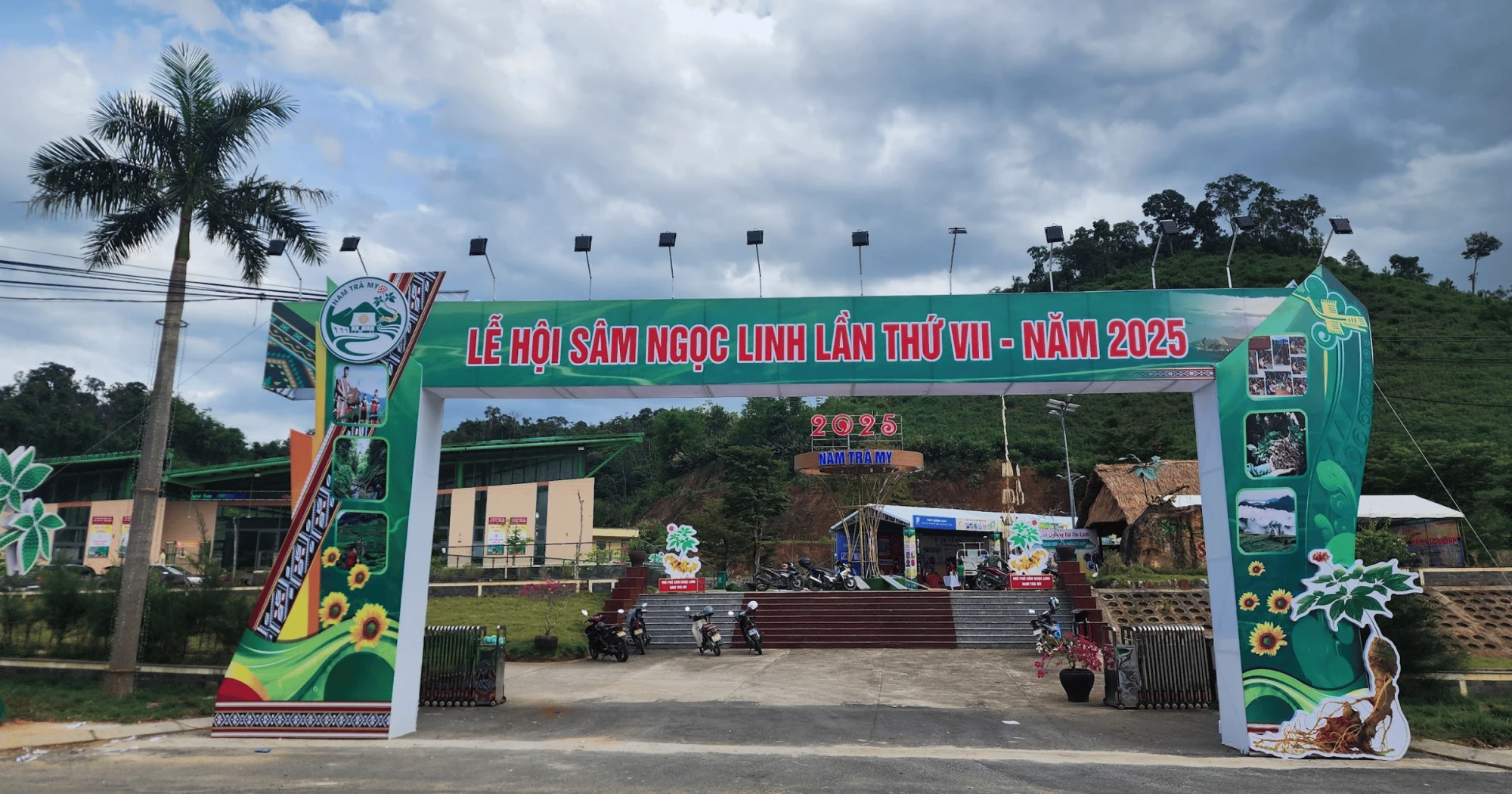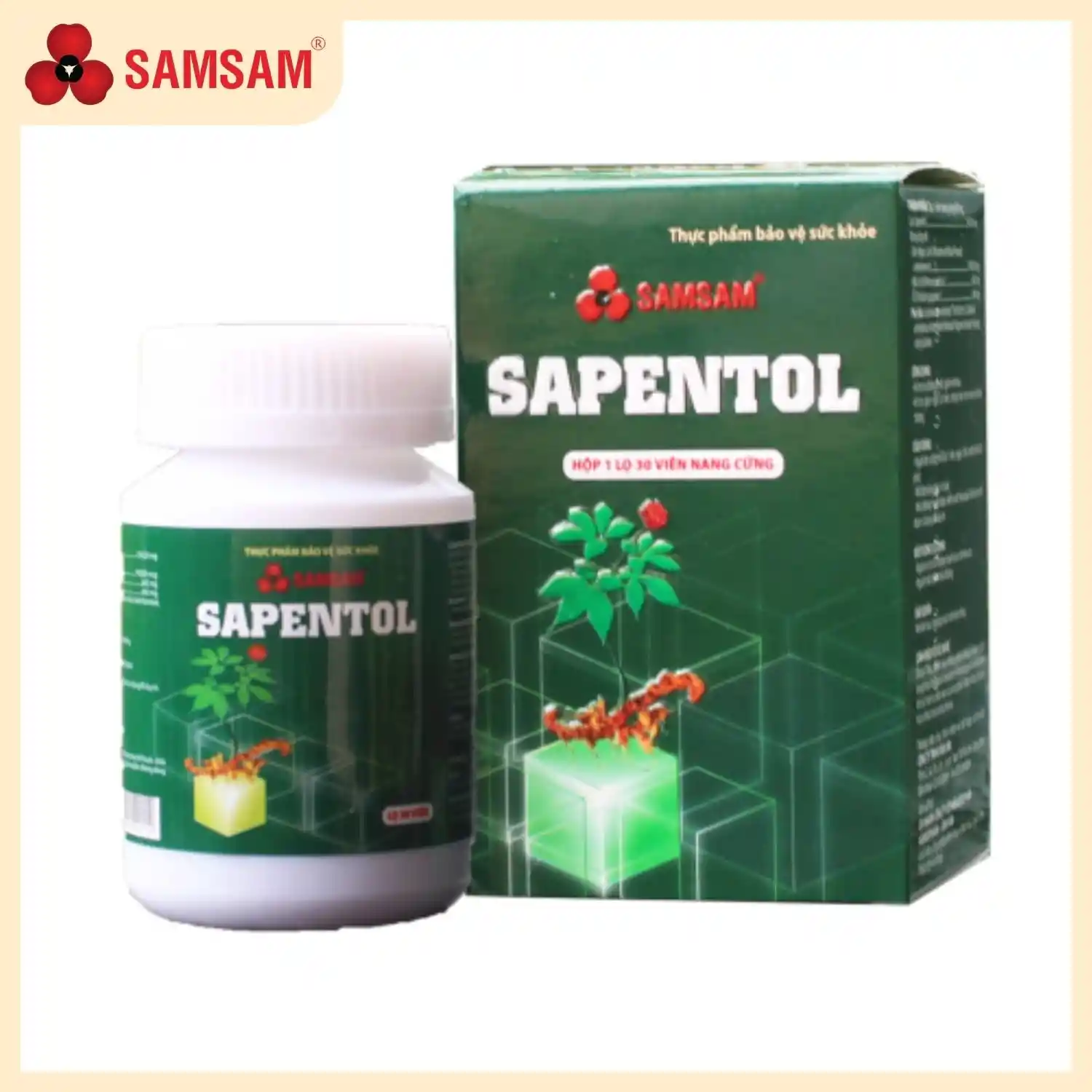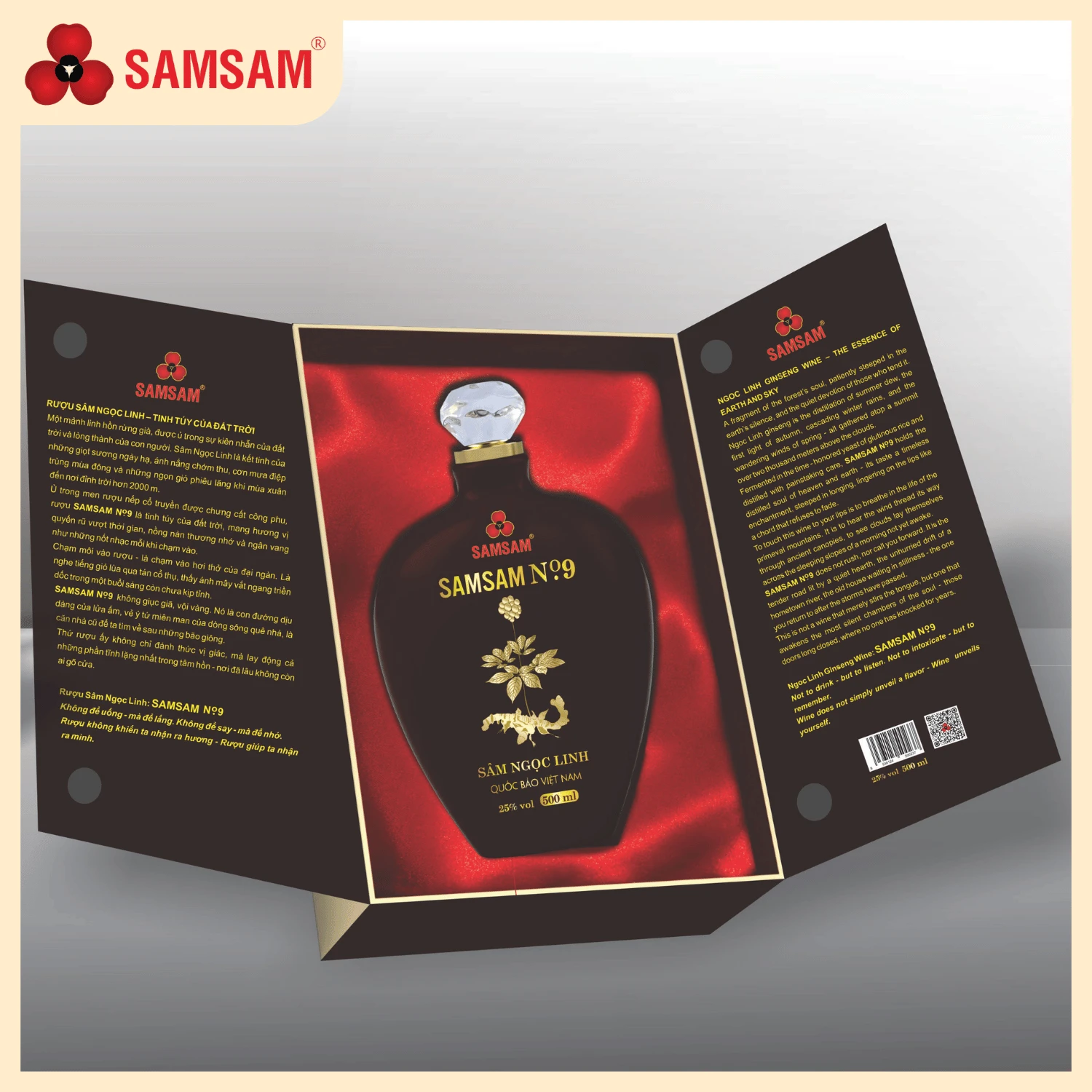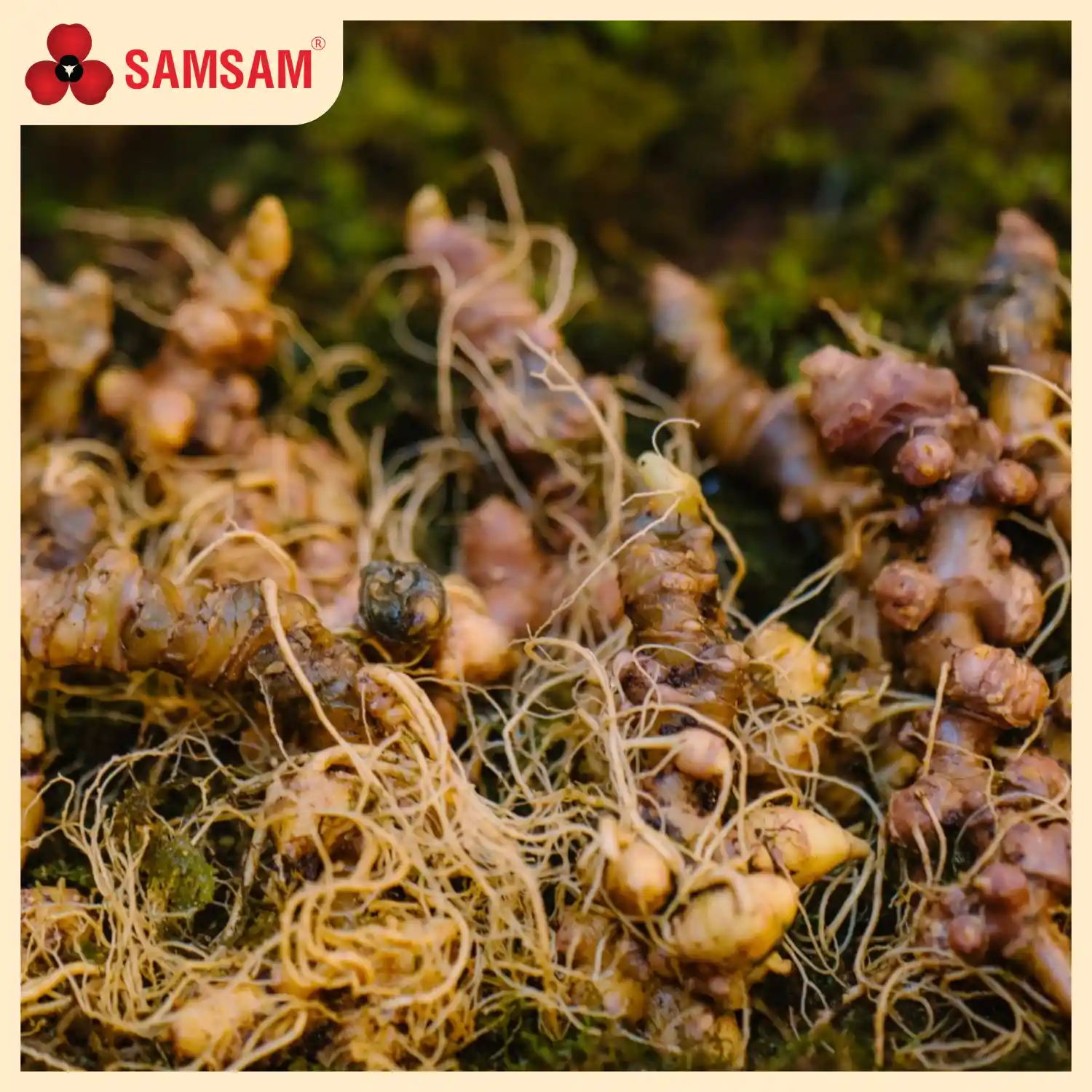One of the major obstacles hindering the development of Vietnamese ginseng that Thanh Nien Newspaper reflected in the series of articles Vietnamese ginseng amid numerous difficulties and the workshop “Joining hands for the development of national ginseng” in 2024, has just been resolved by Decree 183/2025/ND-CP.
The above-mentioned problem is that growing ginseng and medicinal herbs under the forest canopy faces many difficulties because there is no clear legal corridor. Decree 183/2025/ND-CP (ND183) was issued, effective from August 15, 2025, helping to remove barriers, allowing organizations and individuals to legalize the growing and harvesting of medicinal herbs under the canopy of special-use forests, protective forests and production forests.
For a long time, indigenous people in the Ngoc Linh mountain area of Quang Ngai province and Da Nang city, or Lai Chau province have been growing ginseng under the shade of old forests. However, this has been spontaneous and fragmented, due to the lack of a clear legal corridor. Up to now, Decree 183 has helped change the situation. For the first time, not only ginseng, but many other medicinal herbs have also been “given the green light”.
On the other hand, joy and excitement spread but worries were also raised for the ginseng research, cultivation and business community about unresolved policy shortcomings or risks to the ecosystem… Will the 10-year forest lease term for ginseng or medicinal plant cultivation create a push for people and businesses to invest? Will the 5% tax on revenue push people out of the game? And more importantly, who will protect the forest when thousands of hectares are handed over to people and businesses?
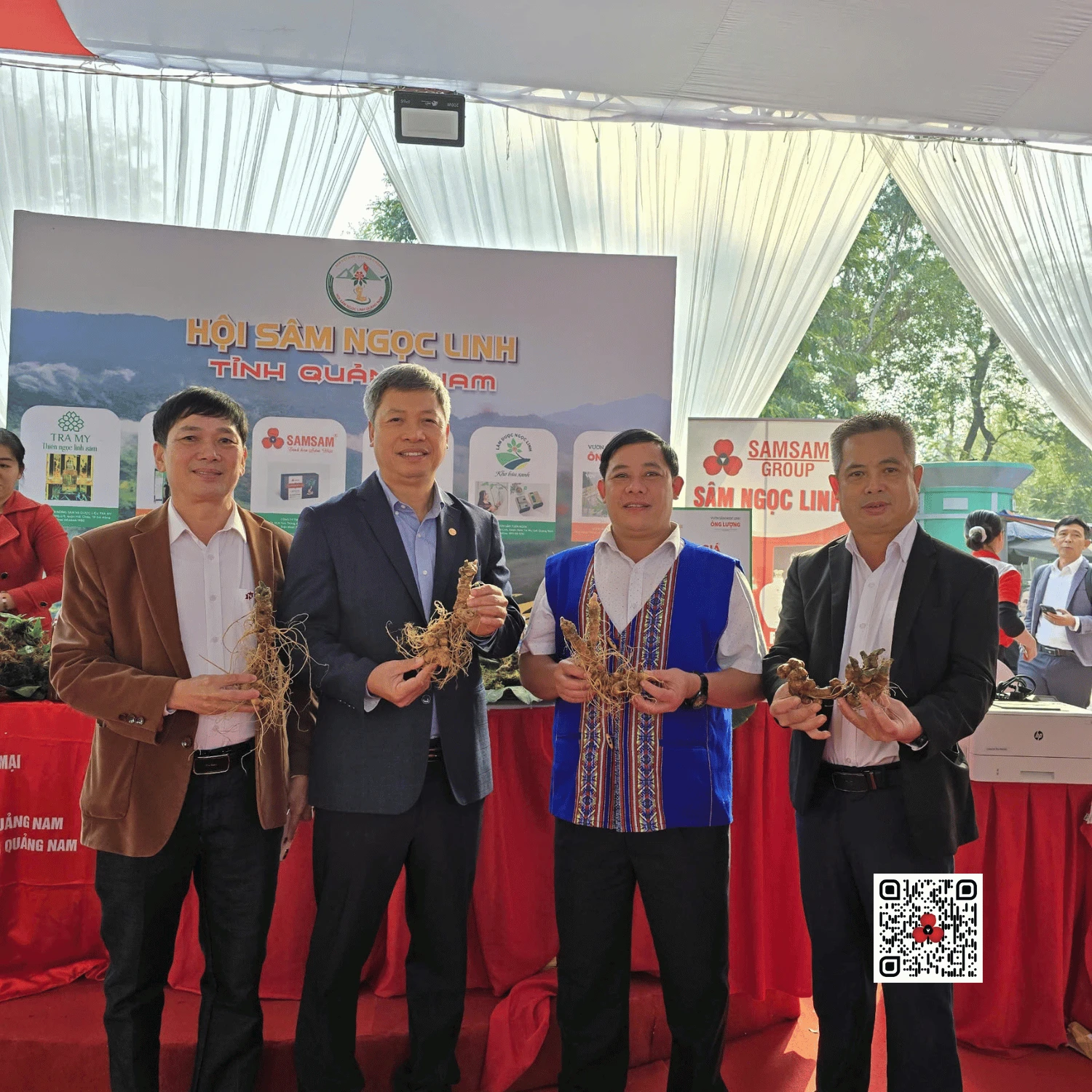
PHOTO: QUANG VIEN
Inconvenience of forest lease term and tax burden
Mr. Ho Quang Buu, Vice Chairman of Da Nang City People’s Committee, expressed: “The door to legalizing ginseng and medicinal plant cultivation under forest canopy has opened. However, how to harmonize the interests of growers and protect the forest ecosystem? That is a problem that needs to be solved”.
According to Decree 183, medicinal plant growers are allowed to rent forests for a period of 10 years, but that period has made many investors in Ngoc Linh ginseng (SNL) hesitant. “The maximum forest rental period of 10 years is too short for large investors to consider long-term investment in growing SNL. It is necessary to consider creating conditions for multiple extensions depending on the capacity of investors to attract them,” Mr. Nguyen Duc Luc, Chairman of the Quang Nam SNL Association, worried.
Not only the forest lease term, the 5% tax rate on revenue from the beginning is also a “bottleneck”. Mr. Tran Duc An, General Director of SNL Tu Mo Rong Joint Stock Company, said that this regulation could make ginseng cultivation less attractive compared to other agricultural sectors with much lower tax rates. For ginseng growers, especially indigenous people, this is a real burden. Mr. An analyzed: “Growing SNL takes 5-7 years to harvest. Meanwhile, the initial investment capital is very large, if we have to pay tax right from when there is no profit, it will add more burden to ginseng growers, leading to many people being discouraged or giving up”.
Sharing the same view, Dr. Pham Quang Tuyen, who is supporting the Lai Chau ginseng growing model in the Northwest region, said that having to pay 5% revenue tax, even when the business has not yet broken even, causes difficulties for small investors or households with limited financial resources. “Collecting 5% tax on profits is reasonable, but 5% on revenue is too difficult for businesses and people. Because the investment in growing Vietnamese ginseng is too large, even a revenue of 10 billion VND is not certain to be profitable,” Mr. Tuyen explained.
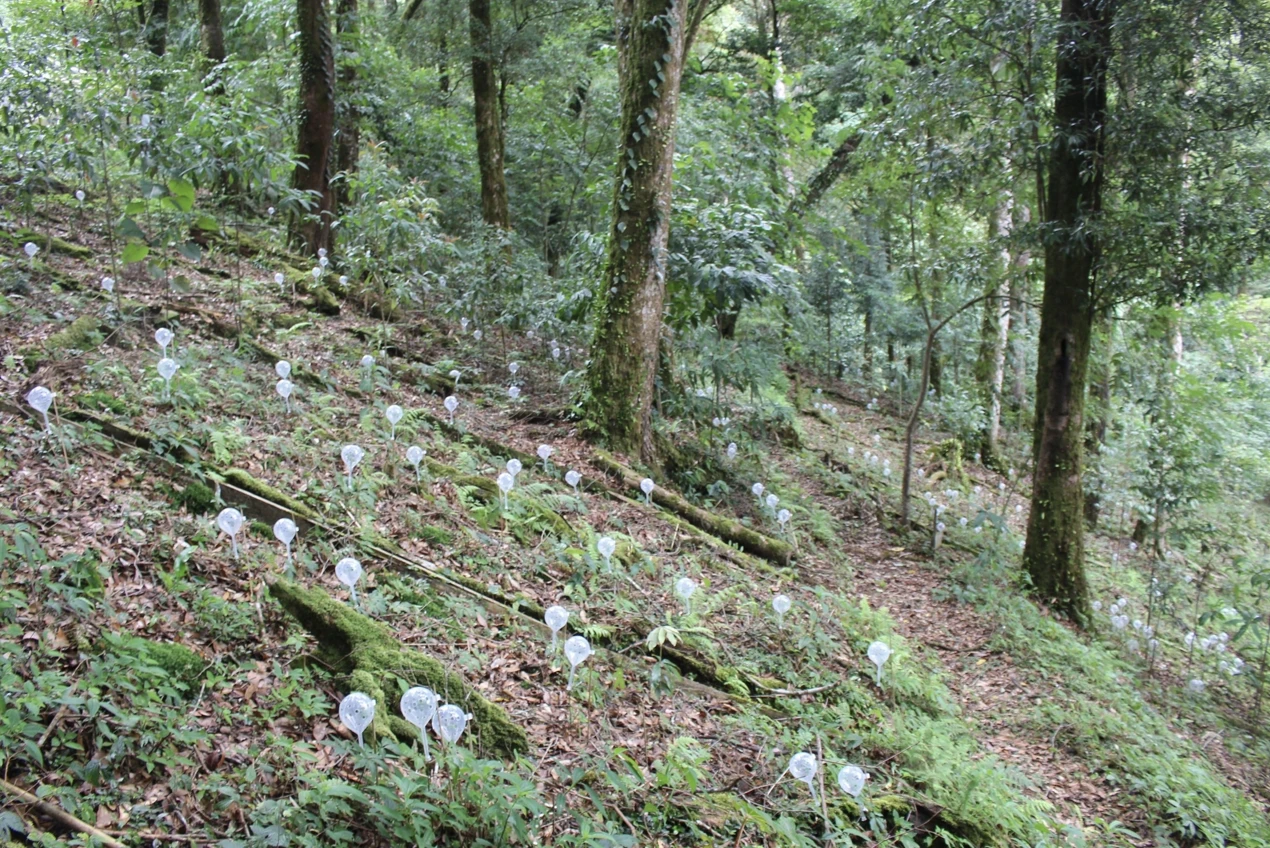
PHOTO: QUANG VIEN
A scientist, who is also a ginseng grower, suggested that there should be more flexible policies. For example, tax exemption or reduction for the first 3-5 years, or progressive taxation based on the scale and duration of investment. This would balance the interests of investors and the goal of forest protection.
For ethnic minorities, the difficulties are doubled. Many people admit that they have never been familiar with tax declaration. A Xe Dang woman confided: “We only know how to grow and care for ginseng. When we heard that renting forests requires declaring revenue tax, everyone was worried. No one taught us, so how can we know how to declare and pay taxes correctly?”
Obviously, if the financial policy applied to growing Vietnamese ginseng under the forest canopy is not flexibly adjusted, the goal of encouraging people to stick to the forest to make a living by growing ginseng and medicinal herbs under the forest canopy will be counterproductive. People may give up, and businesses may hesitate to go to the forest to grow ginseng even though Decree 183 opens the door.
The problem of sustainable forest economy
In an interview with Thanh Nien reporter, Vice Chairman of the National Assembly Le Minh Hoan, former Minister of Agriculture and Rural Development – who is very passionate about developing Vietnamese ginseng, said: “Decree 183 allowing the cultivation of medicinal herbs under the forest canopy is an action that contains a great philosophy. That is, living in harmony with nature, doing forest economy without harming the motherland”. From this perspective, we can see some problems that need to be solved regarding ecology and forest protection in the story of growing medicinal herbs under the forest canopy.
According to the owner of a ginseng growing business in the Tu Mo Rong mountain area (Quang Ngai), Decree 183 is a breakthrough that can help his business expand its ginseng growing area. However, he also warned: “Decree 183 has regulations prohibiting the use of medicinal plant cultivation for illegal logging, but forest control and protection in remote areas is still a big challenge. Bad guys can use the name of medicinal plant cultivation to secretly exploit precious wood.”
Mr. Bui Sanh, Head of the Forest Protection Department of Region IV, also expressed his concern: “We do not have modern forest monitoring technology. Most of us still rely on human resources, but the force is too thin. There is a risk that people are allowed to rent forests to grow medicinal herbs, including ginseng, but lack awareness of protecting the primary forest, and even cut down trees to grow medicinal herbs.”
The risk of changing the forest structure is also not a small problem. Decree 183 requires those who grow medicinal herbs under the forest canopy to protect the natural forest ecosystem. This is a very correct regulation. However, the large-scale planting, care and harvesting of ginseng or medicinal herbs can still impact the ecosystem, reduce biodiversity and change the natural structure of the vegetation under the forest canopy…
“Growing SNL under the canopy of special-use forests is an advantage, but it must be ensured that biodiversity is not degraded. Therefore, close supervision from the Department of Agriculture and Environment is needed as well as synchronous coordination between the SNL Association, the SNL Development Center and the Ngoc Linh Special-use Forest Management Board… to implement effectively,” Mr. Ho Quang Buu proposed a solution.
Decree 183 is expected to be a boost to develop Vietnamese ginseng to new heights, contributing to the implementation of Decision 611/QD-TTg on the “Program for developing Vietnamese ginseng to 2030, with a vision to 2045” of the Government. However, opportunities cannot automatically turn into achievements. In the immediate future, there are a series of problems from forest leasing mechanisms, reasonable tax policies, support for indigenous people, to ecosystem monitoring and prevention of illegal logging…
The path of growing ginseng and medicinal herbs under the forest canopy is a test of management capacity and vision for sustainable development. Success or failure will depend on how we balance economic benefits and responsibility for protecting the forest… (to be continued)
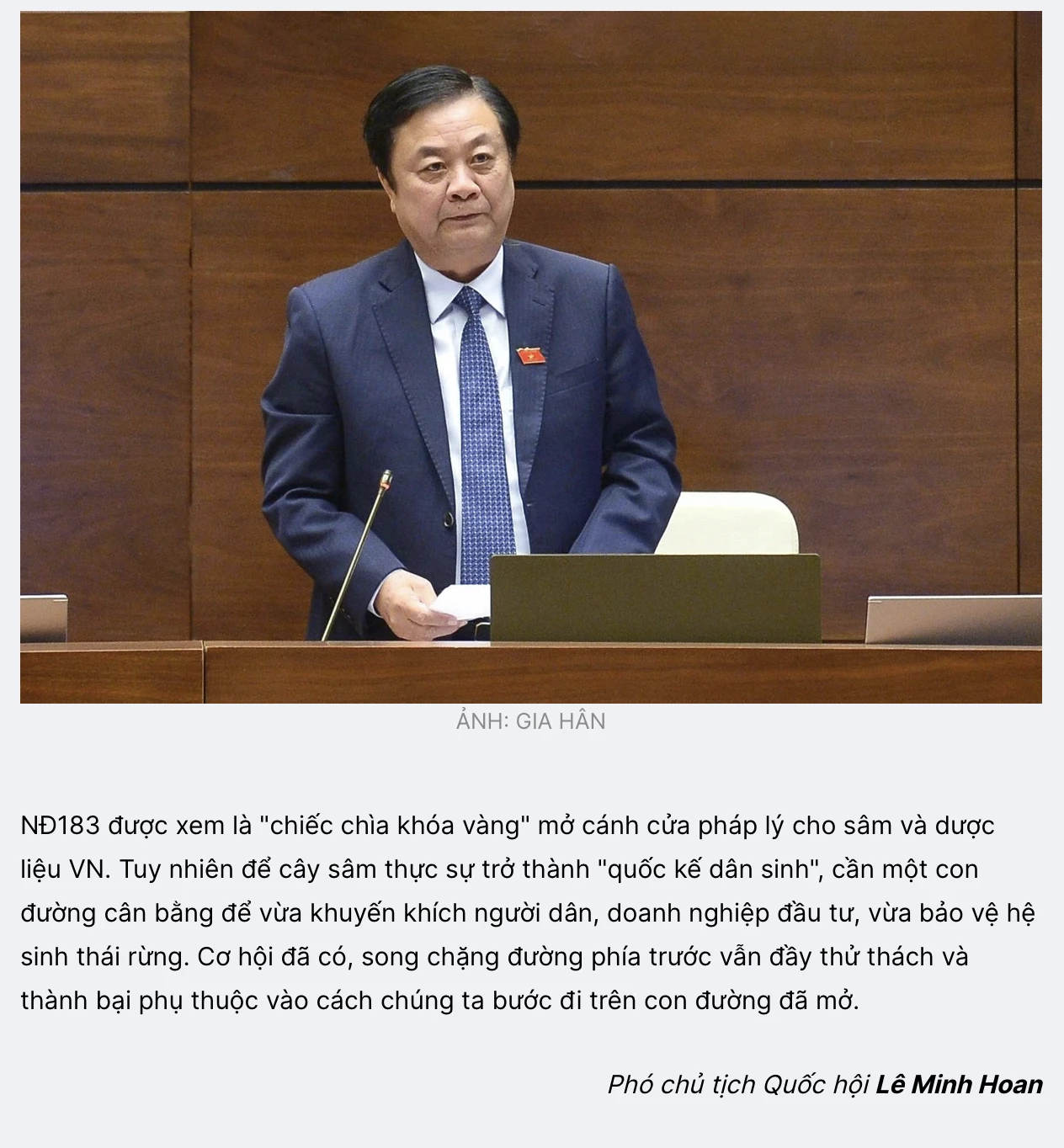
Source of article: by PV Quang Vien – Thanh Nien Newspaper, September 8, 2025





